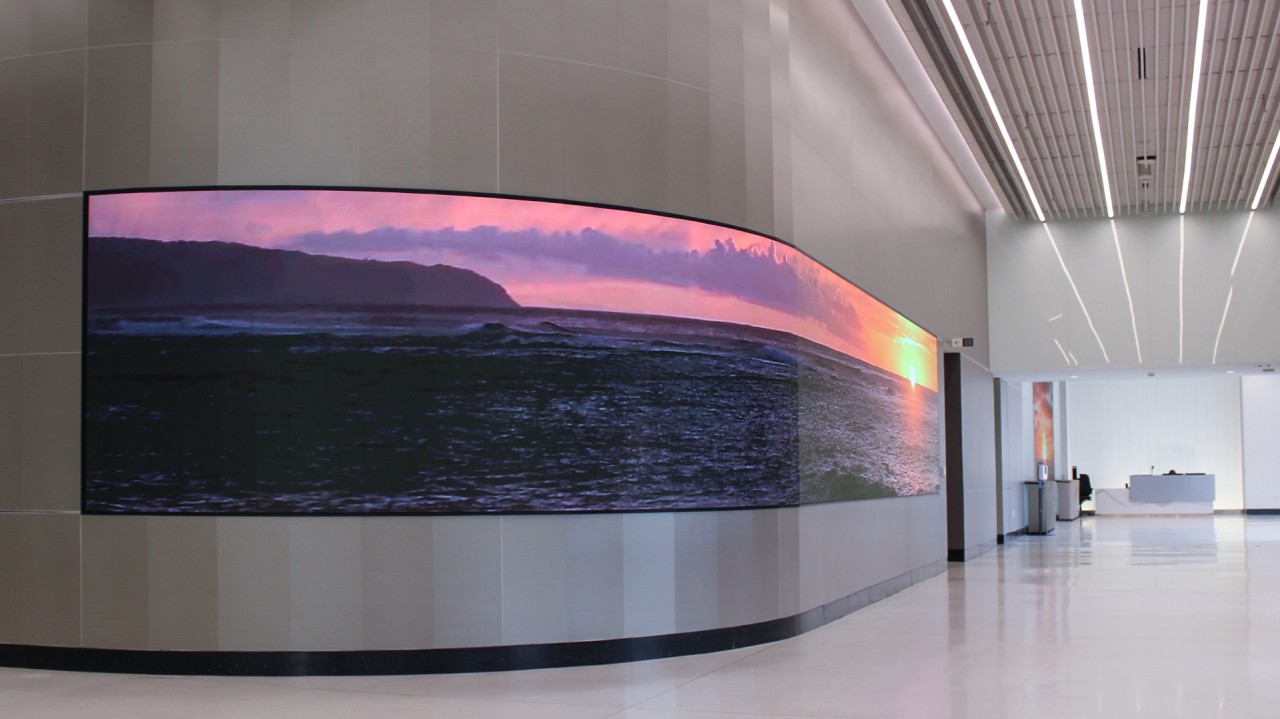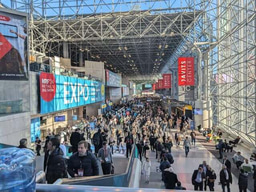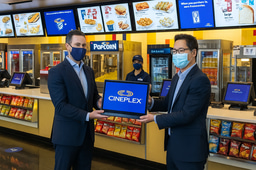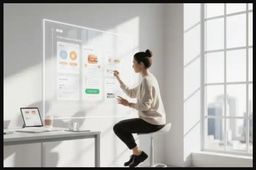Seven Steps to Installing LED Video Walls

This article is intended as a good starting place for an organization considering installing LED walls, such as retail, health care, commercial real estate, etc. I have had the pleasure of working with LED hardware, software, creative and content for over a decade. I have even been lucky enough to be on some teams that won awards for content like the lauded Salesforce waterfall. I have noticed what works well and what does not. Here are 7 things to know about the complete ecosystem of a great LED installation. And why not listen to Miles Davis from 1963 while you educate yourself?
LED Hardware Manufacturer and AV Integrator
Not all LEDs are the same quality; much of the product is coming from Shenzhen in China and the same product is often rebranded and marketed regionally. So far I have had extraordinary results with two manufacturers that also execute impeccably pre and post-installation, these are SNA Displays and Absen. I still work with installations updating content almost 10 years later, and they still shine.
LED specifications, Pixel Pitch
The pixel pitch refers to the actual size of the square pixels, ranging from over 20 mm for outdoors to less than 0.7 mm for indoors. The most common for lobby walls we find to be 2.5mm to 4.0 mm, however, tighter pixel pitch is becoming increasingly common, resulting in stunning displays. A common reference is to multiply the pitch by 3 feet and that distance from the wall is where the content will appear to have no pixelation. Tighter pitch can look beautiful but remember this will increase the cost of the hardware and the content.
Resolution and Aspect Ratio
Another important consideration is the resolution and aspect ratio. Higher resolution and non-traditional aspect ratios may look amazing architecturally but will add expense to the content production and total installation price. I have seen people install over 8K screens only to realize post installation that there is very little 8K content available and also few studios that know how to output that resolution. Some aspect ratios such as portrait will require more in-depth thinking around content design, also limiting access to traditional 16:9 content libraries.

Codec
Also consider what the media engine can play as the file type can nearly bankrupt a content pipeline. The cost to produce a compressed .H264 versus a HapQ codec can be a 10X difference and potentially 100X difference in file size, making storage a real issue.
Software, and Content Management
There are many players in this space that build excellent servers, such as Sedna, Scala, and Float4 and many others. This can be an unexpected large cost however and fees can include the hardware server, software, installation and license fees. Also it is important to consider any equipment that is missing in the server rack such as redundant servers, battery backup, scalers, and audio. Once that is in place you will need to make sure it includes an intuitive Content Management System (CMS) and then you will need someone to operate it. A good CMS can be remotely and or third party managed. A good CMS will also allow multiple file formats from .h264 to Prores (Sedna checks all these boxes).
Strategy and Operations
This should be considered early, the programming strategy should include core messaging initiatives, target demographic, day parting, seasonal and emergency messaging and more. In addition to the strategy you need to assign an operator that can upload and screen the content. I have seen this turn into a hot potato in many organizations, you may consider outsourcing operations to a capable partner (SNA and Sensory Interactive are both excellent)
Content Production and QA
It is a good idea to start the content creation program as soon as the LED installation has begun as it can take months to agree on storyboards and get all the diverse stakeholders to sign off, especially the brand marketing groups that can quickly veto a lot of hard work. An organization should know if they plan to create the content in-house or hire a creative agency, and specifically an agency with LED experience (Like CFIRE!). And finally I cannot stress the importance of good Quality Assurance for the output. I have seen some terrible errors on the world's largest displays as this can often be neglected, build this into the timeline AND the budget.
In Conclusion
What does success look like in a good LED installation? The original salesforce LED wall at 50 Fremont in San Francisco is the original gold standard and ended up setting the trend. Innovative use of the architecture (elevator bays) paid big dividends with attracting eyes. For your installation keep in mind that you may end up with a team of 5 or more diverse entities to get your screen installed. Making sure they play nice together is very important as when things go wrong you need a team that is not figure pointing but cooperating to find speedy solutions. This is where I must give a shout out to the absolute best in the business in this regard, that is Pat Green with SNA Displays. He will confidently work behind the scenes to solve the most intricate problems often proactively before there is any downtime or hint of a problem to the end client.
If you have any questions feel free to email me at nick@c-fire.co
Resources








Please sign in or register for FREE
If you are a registered user on AVIXA Xchange, please sign in
Great tips! Software and strategy are huge steps for this process @Kiosk Manufacturer Association !